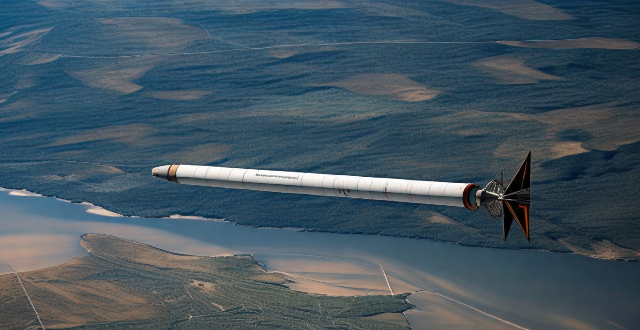Satellite communication technology has seen significant advancements in recent years, including high-throughput satellites (HTS) offering increased bandwidth and improved coverage, low Earth orbit (LEO) satellite constellations providing global coverage with low latency, 5G integrated satellite systems enhancing connectivity and capacity, and quantum satellite networks enabling secure long-distance transmission. These developments are revolutionizing global communication by offering faster speeds, broader access, and enhanced security.

Latest Advancements in Satellite Communication Technology
Satellite communication technology has seen significant advancements in recent years, revolutionizing the way we connect and communicate globally. Here are some of the latest developments:
High-Throughput Satellites (HTS)
High-throughput satellites (HTS) are designed to provide faster internet speeds and higher data transmission rates compared to traditional satellites. They use advanced antenna technologies and frequency reuse techniques to increase capacity and efficiency.
Key Features:
- Increased Bandwidth: HTS offers more bandwidth, allowing for faster data transfer speeds and better connectivity.
- Improved Coverage: With their advanced capabilities, HTS can cover larger areas than traditional satellites, providing broader access to remote regions.
- Enhanced Reliability: HTS systems are designed with redundancy and fault tolerance in mind, ensuring reliable service even in challenging environments.
Low Earth Orbit (LEO) Satellite Constellations
Low Earth orbit (LEO) satellite constellations consist of networks of small satellites that operate at lower altitudes than traditional geostationary satellites. These constellations aim to provide global internet coverage, especially to underserved areas.
Key Features:
- Global Coverage: LEO satellite constellations offer seamless global coverage, including polar regions and remote areas.
- Low Latency: Due to their closer proximity to Earth, LEO satellites have lower latency than geostationary satellites, resulting in faster response times.
- Flexibility and Scalability: LEO satellite constellations can be easily scaled up or down based on demand, making them highly flexible for various applications.
5G Integrated Satellite Systems
The integration of 5G technology with satellite communication systems aims to enhance network performance and extend coverage to areas where terrestrial networks may not be feasible. This integration enables seamless connectivity between ground-based and space-based networks.
Key Features:
- Enhanced Connectivity: The combination of 5G and satellite technology provides improved connectivity, especially in urban areas with high user density.
- Increased Capacity: By leveraging the high throughput of 5G networks, integrated satellite systems can support more users simultaneously without compromising quality.
- Seamless Transition: Users can experience seamless transitions between terrestrial and satellite networks, ensuring uninterrupted service during movement or changes in signal strength.
Quantum Satellite Networks
Quantum satellite networks utilize quantum communication principles to transmit information securely over long distances. These networks leverage the properties of quantum entanglement to create secure communication channels that are immune to eavesdropping.
Key Features:
- Secure Communication: Quantum satellite networks provide highly secure communication channels by using quantum keys that cannot be intercepted or tampered with.
- Long-Distance Transmission: Quantum satellites can transmit information over vast distances, enabling secure global communication networks.
- Future Applications: As research continues, quantum satellite networks have the potential to revolutionize fields such as financial transactions, diplomatic communications, and military operations.
In conclusion, these advancements in satellite communication technology are paving the way for a more connected world, offering faster speeds, improved coverage, and enhanced security. As these technologies continue to evolve, we can expect further innovations that will transform how we communicate across the globe.